|
When my parents visited, they brought with them this charming embroidered flea market find. I've never seen anything quite like it. As we were all a bit puzzled as to what it was, we decided to take it apart. As it had already some damage, we didn't feel too guilty about it :). Here are the front and the back of it. The glass is very dirty and you can probably just make out that the image has a horizontal line of damage just below the gentlemen's right knee. From the different layers of tape on the back, we could see that the frame had been opened before. Possibly because they say that some lucky people find treasure in them :). We were in for a surprise when we opened the frame. Underneath the embroidery was a picture from composer Franz Liszt (1811-1886)! As to the embroidery: it is glued to cardboard and sits in a simple frame with roughly cut glass. The embroidery has been glued to the cardboard first and then both were roughly cut out as testified by the rough edges. A closer look at the embroidery reveals that it has been stitched on what looks like a printed silk fabric with a pile. Not a heavy velvet, but more a chiffon velvet. It is very, very thin. The stitching has been done with a fine shiny silk thread with a soft twist. Very fine details, like the men's necktie, have been stitched with a finer and more firmly twisted thread. Likely silk too. Details are added with a fine gilt twist and the buttons on the men's jacket are made of tiny gilt spangles stitched down with a tiny facetted gold metal bead. The flowers on the hats are some sort of embossed metal (high lead content) pieces that once were painted or glazed. There are a number of different stitches used in this charming piece. The men's jacket, waistcoat and breeches, as well as his hat (a bicorne), both pairs of shoes, the lady's bodice and the bow on her hat are stitched in a form of satin filling stitch. His cuffs and her sleeves are stitched with buttonhole stitch. Additional details on her upper skirt consist of French knots. It is all quite detailed! However, it seems that the stitch quality is a bit better and far more elaborate on the male.
I think that the clothing of the pair places them in the 18th century, but I am by no means an expert on this topic. The gentlemen wears healed buckled shoes, a bicorne head (apparently folded the Dutch way), a jacket, waistcoat and breeches that fit snugly around the knee. He also wears a short powdered wig typical of the time. It all marks him out as a true nobleman. The woman puzzles me a bit. What kind of robe is that? It has a corset with a stomacher, full short sleeves, a voluminous upper skirt and a narrow under skirt. Or could it be that there is a hidden meaning to it all? Does she show him her skirts to let us know what they have been up to? The grapes could point into this direction as well. Questions, questions, questions! Would love to hear your thoughts on the fashion of the pair. But that's not all. The materials used are not every day embroidery supplies. My guess is that the background silken fabric was originally a piece of 'wallpaper'. Did it come out of a stately home during remodeling of a room? Did the lady of the house confiscate a well-preserved bit and stitch on it? And when was this done? Likely 19th or more 20th century? More questions! Please do leave your thoughts in a comment below! Looking forward to solve this little flea market mystery :).
5 Comments
I feel 18th C is probably right. Maybe the girl is a dairymaid or something (the skirt tucked up out of the way suggests to me that she needs freedom of movement, perhaps) and our fine gentleman is dallying with her> Or maybe it's some reference to when farming became fashionable and courts went shepherding in silks and laces?
Reply
31/5/2017 09:58:53
Ah, thanks, Rachel! Hadn't thought on that. But now I remember the whole Hameau de la Reine built for Marie Antoinette. A perfect peasant vilage built in the Versaille park where she could live the rural life: https://en.wikipedia.org/wiki/Hameau_de_la_Reine Fits the late 18th century date perfectly!
Reply
Elaine Cochrane
1/6/2017 02:57:48
I have something similar, although not nearly as finely stitched. It's a picture of a little girl reading. Her face, hair and hands are printed, but her dress, book, and the surrounding scenery are all satin stitch in what must be silk. The style looks like late C18th or early C19th, but I don't know any of the history of the piece, just that it is something that has been in my family for a long time. I certainly would like to learn more. I'm in Australia, and my family is originally from the UK, if that helps.
Reply
1/6/2017 09:01:39
Dear Elaine,
Reply
Elaine Cochrane
3/6/2017 05:47:04
I have sent a very poor photo to your email address but I will see if I can find someone to take a better photograph for you. Your comment will be posted after it is approved.
Leave a Reply. |
Want to keep up with my embroidery adventures? Sign up for my weekly Newsletter to get notified of new blogs, courses and workshops!
Liked my blog? Please consider making a donation or becoming a Patron so that I can keep up the good work and my blog ad-free!
Categories
All
Archives
July 2024
|
Contact: info(at)jessicagrimm.com
Copyright Dr Jessica M. Grimm - Mandlweg 3, 82488 Ettal, Deutschland - +49(0)8822 2782219 (Monday, Tuesday, Friday & Saturday 9.00-17.00 CET)
Impressum - Legal Notice - Datenschutzerklärung - Privacy Policy - Webshop ABG - Widerrufsrecht - Disclaimer
Copyright Dr Jessica M. Grimm - Mandlweg 3, 82488 Ettal, Deutschland - +49(0)8822 2782219 (Monday, Tuesday, Friday & Saturday 9.00-17.00 CET)
Impressum - Legal Notice - Datenschutzerklärung - Privacy Policy - Webshop ABG - Widerrufsrecht - Disclaimer

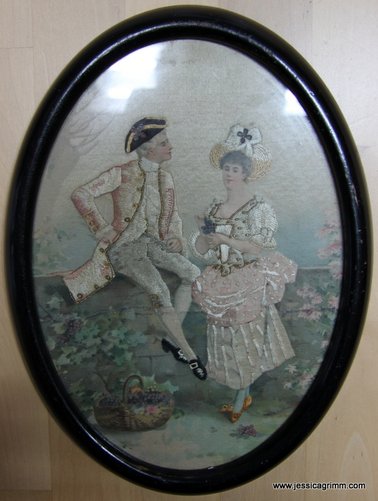
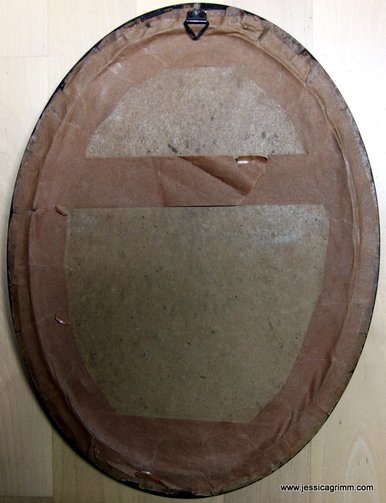
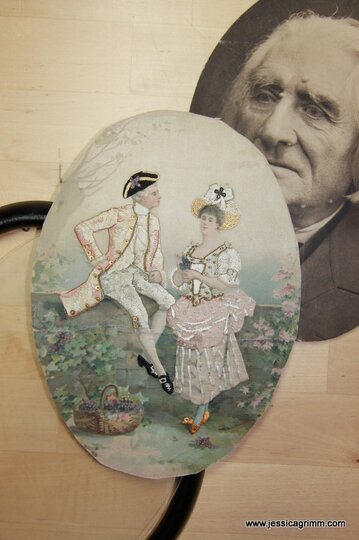
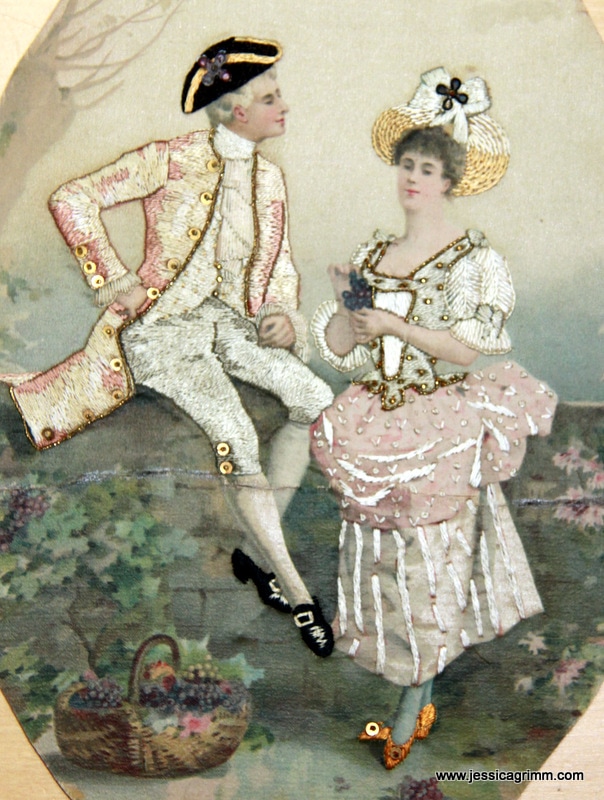
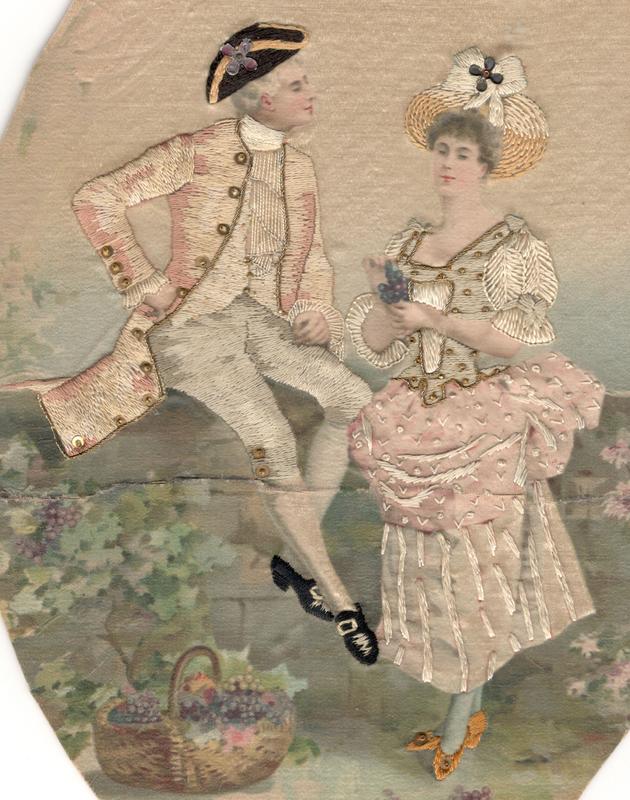





 RSS Feed
RSS Feed